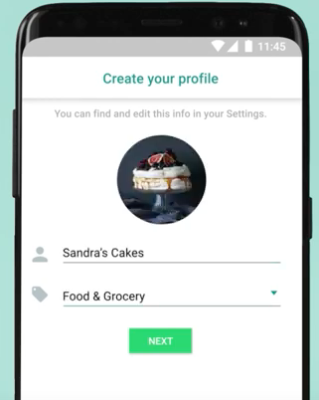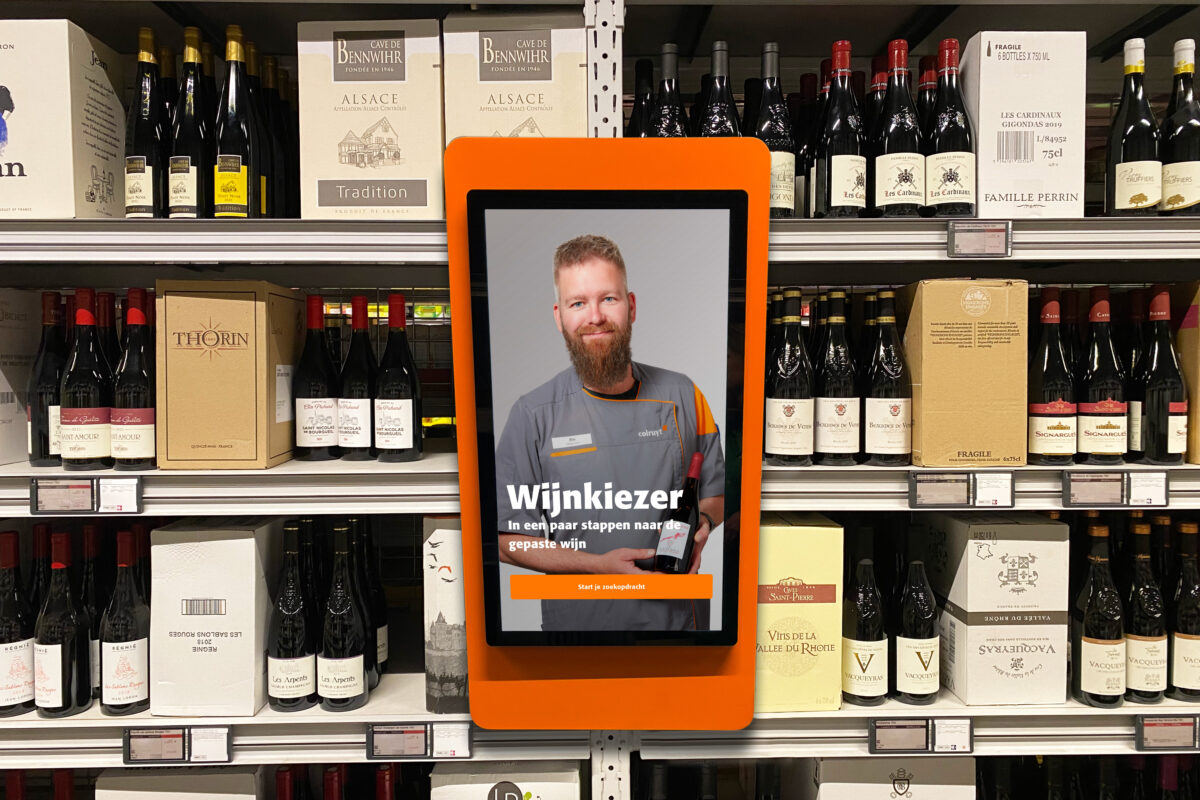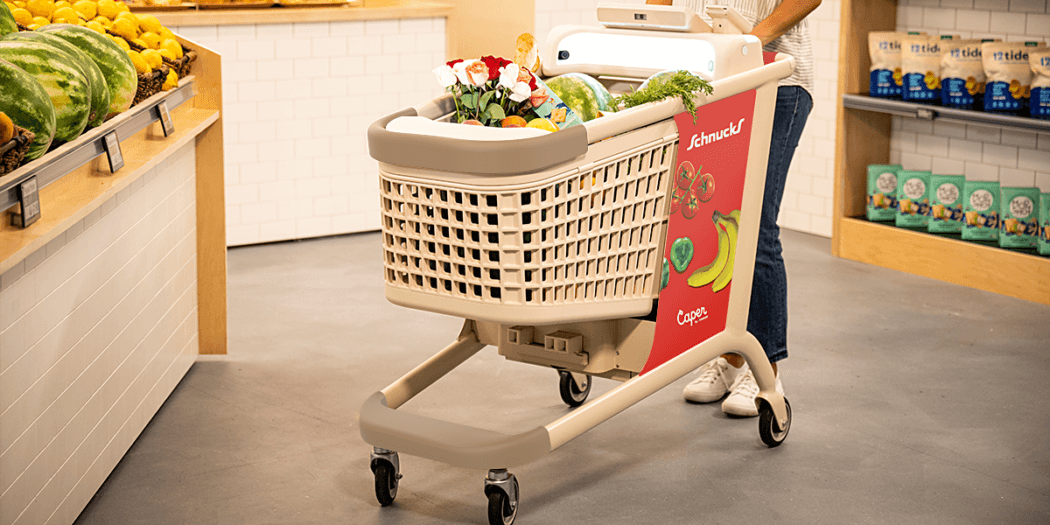How can retailers take advantage of the latest social commerce trend?
by Katja Laska (exclusively for EuroShop.mag)
It all started with “indirect” marketing through influencers and shoppable posts – now social commerce and livestream shopping are changing the retail landscape. What big opportunities does this offer retailers and what are key livestreaming considerations?
Creating an optimal shopping experience for (potential) customers is the top priority among retailers. (Find out in this exclusive why this trend is destined to become the next big sales channel.) There are many social commerce platforms to make this a reality, but one approach is especially promising: livestream shopping.
Here is just one success story: Selling over 10,000 lipsticks in just five minutes – an unthinkable result for any brick-and-mortar retailer. Known as the “King of Lipstick” in China, Li Jiaqi, also known as Austin Li, is an Asian influencer that effortlessly managed this feat from the comfort of his home. How did he do it? Why online, of course, during China’s Singles Day on November 11, the world’s biggest 24-hour online shopping event. Live shopping is already a mega trend in China that enables influencers and companies to sell products to online shoppers via livestreams. The hype could soon also become a permanent fixture in the Western retail world.
What are the benefits of livestream shopping?
This new sales channel is an innovative way to promote an ecommerce store, reach potential new customers and increase capabilities. This applies to both small and medium-sized businesses and major international brands. Live streaming should be seen as a chance to showcase yourself and your company in a genuine, organic, and authentic setting. It allows retailers to effortlessly interact with potential customers in real time: shoppers can comment or ask a question about the product, which grows virtual and interactive customer loyalty.
A live broadcast in real-time manages to accomplish this much better than any feed post or story, which end up being just one of many subscribers scroll through during the day.

©ckstockphoto
What are key considerations for retailers?
One way to offer live stream shopping is through your own Instagram business account. Live Shopping on Instagram was officially launched in 2020 and can be used by all Instagram business account holders who are also linked to “Instagram Shopping”.

©Instagram Screenshot
Before the start of a live stream, active followers can be alerted via push notification that a live video is scheduled. The stream is displayed at the top of the regular newsfeed. A countdown sticker or a special announcement can also be added to promote the event in the feed. Once the live stream has started, it is important to make full use of the interactive features of the tool: adding a business partner or influencer to your livestream not only creates a more engaging experience, but it also allows you to tap into another person’s followers. During the stream, the comment option should be activated to grow following and build community. The integrated Q&A feature allows users to ask questions about products, sizes, and purchase options. To encourage them to actively participate in the shopping experience, you can post Sticker Q&As directly into your video. Sellers using a smartphone with iOS operating system can take things a step further and add selected photos and videos of the products or matching accessories to the stream.
You should also integrate Instagram Checkout in the business account because this lets users make an in-app purchase directly on Instagram without having to leave the app. However, this is currently only an option in the US. The feature is not yet rolled out in Europe, which means customers who want to buy an item must typically click on the product and are redirected to the respective online store to complete the purchase.
Here’s another tip: The first live broadcast can be a launchpad for many more. Subsequent live streams should always take place on the same weekday at the same time. This allows viewers and customers to prepare and make this a recurring weekly appointment, enabling retailers to ideally gain a “regular follower and customer base”.
Social Commerce and live streaming – Where to go
Apart from Instagram, there are other social apps that allow for social commerce. Before the Christmas holidays, TikTok teamed up with Walmart to host a special event called “Holiday Shop-Along Spectacular”. TikTok users had the chance to shop live from Walmart’s fashion items. The fashion items themselves were featured in content from favorite TikTok creators. A few weeks earlier, the app had also announced its partnership with e-commerce platform Shopify. The agreement allows Shopify merchants to create, run and optimize their TikTok marketing campaigns directly from the Shopify dashboard by installing the new TikTok channel app. While there is no direct in-app shopping feature, it marks another key move by TikTok to enter the social commerce fray.

The WhatsApp messaging app also looks for a slice of the customer pie with WhatsApp Business, serving as a channel for direct messaging to reach customers. Find out more in our article.
The global e-commerce giant Amazon offers Amazon Live, a free live streaming service that allows sellers to “engage with shoppers in real-time and drive sales with interactive and shoppable livestreams,” according to the company website.
The Hero app (by virtual shopping tech provider Hero) is likewise designed to take advantage of social commerce: retailers can use pre-made videos to sell, chat with customers or start a live stream. The virtual shopping app helps stores connect with their customers in-person, via text, chat, or video, creating an in-store experience for the consumer without ever having them leave their home. A chatbot can answer questions and analyze sent videos and images, or shoppers are assisted with live product advice straight from the online store. Employees can see what customers want to buy and give personalized recommendations. This all-around package has only one minor drawback: customers must get accustomed to a new app.
Since the outbreak of the pandemic last year, one thing has become abundantly clear: retailers needoffline-online integration. Even if retailers don’t plan to use live streaming as their primary sales tool if they consider the brick-and-mortar setting as their core competence, for example, they should not ignore this option since live streaming delivers an integrated shopping experience that is increasingly important in our digital world. It offers more exciting options to showcase and interact with shoppers than traditional e-commerce.
Needless to say, the “conventional” online store is also a key pillar of omnichannel success. However, social commerce options and live streams are becoming increasingly popular as they change the way brands sell online. Customers no longer have to be redirected to websites they would otherwise never visit. Instead, they are being engaged and directly addressed in their preferred digital dwelling – on popular social media sites.



















